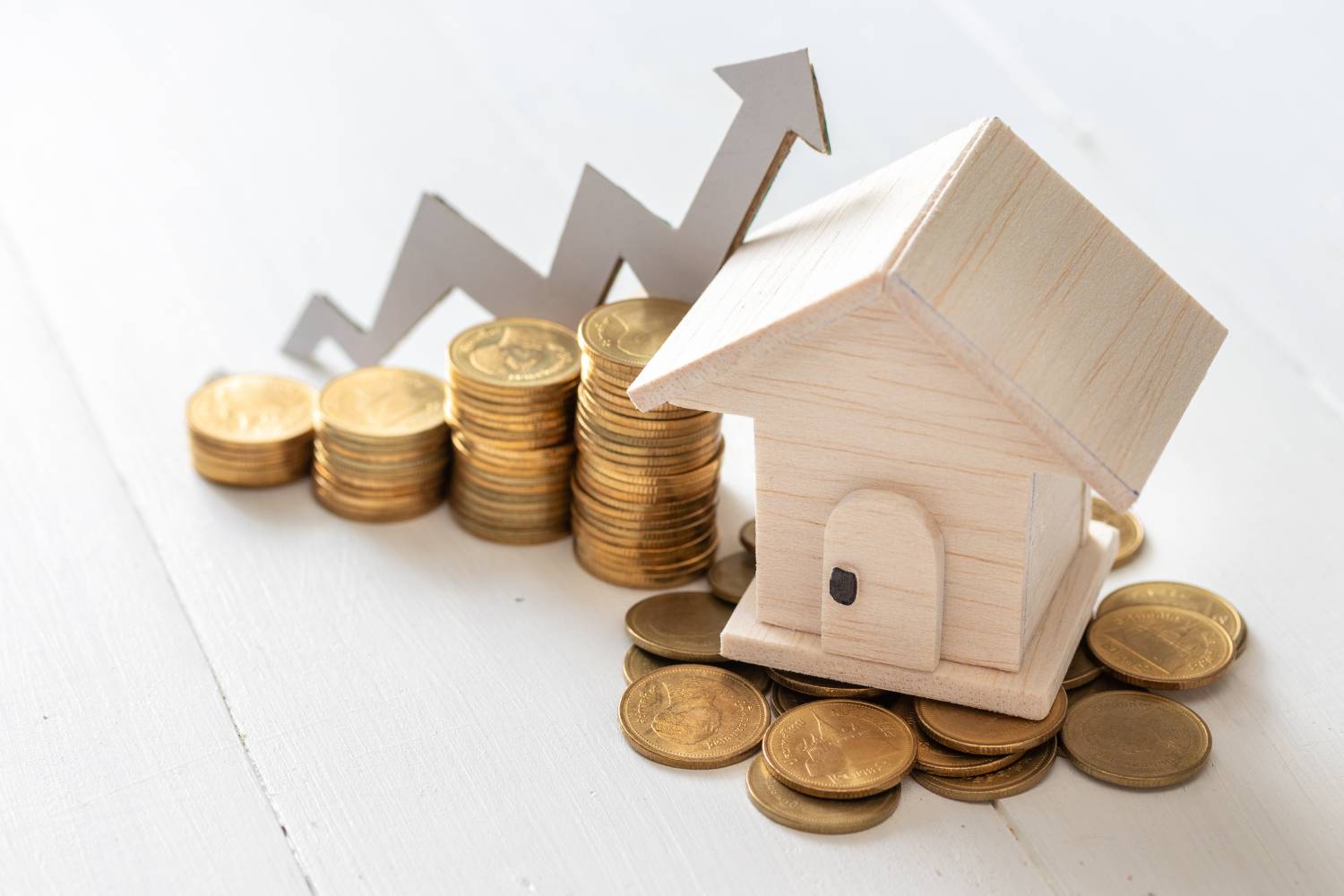Comparing markets across countries can reveal striking differences in pricing, growth trends, and affordability regarding property investment. In this blog, we’ll delve into the key factors that distinguish the property markets in Australia and Malaysia.
While Australia is known for its high property prices and rapid growth, Malaysia offers a more affordable and stable market, making it an attractive option for many.
By examining the price levels, growth rates, market dynamics, and overall affordability in both countries, we’ll highlight the key differences that potential buyers and investors should consider before making decisions.
Let’s Get Straight To The Point
Australia’s property market is known for its high prices and rapid growth, particularly in cities like Sydney, Brisbane, and Perth, where average house prices can reach over AU$1 million.
This makes it a premium, expensive market with affordability challenges, especially for first-time buyers. In contrast, Malaysia offers a much more affordable property market, with lower average house prices, especially in urban areas like Kuala Lumpur and Johor.
While Australia’s market is seeing strong demand and price growth, Malaysia’s market has more moderate, stable growth, making it a more accessible option for buyers and investors seeking affordability. Ultimately, the choice depends on prioritising high growth potential (Australia) or lowering entry costs (Malaysia).
1. Price Levels
Australia
Australian property prices rank among the highest globally, reflecting a robust economy and strong demand in urban areas.
As of March 2024, the average house price in Australia reached AU$959,300 (approximately RM2,900,000). Major cities such as Sydney, Brisbane, and Perth showcase even higher figures:
- Sydney: AU$1.66 million (approximately RM5,020,000)
- Brisbane: AU$976,464 (approximately RM2,950,000)
- Perth: AU$852,240 (approximately RM2,575,000)
These figures highlight the premium nature of Australian real estate, particularly in Sydney, which consistently ranks as one of the world’s most expensive cities for housing.
Malaysia
In comparison, Malaysia’s property market presents significantly lower average prices. 2023 the average house price stood at RM467,144, with new apartments averaging RM582,887 in Q1 2024. Major urban centres like Kuala Lumpur and Johor also reflected higher averages for new apartments:
- Kuala Lumpur: RM708,402
- Johor: RM656,648
The stark difference in pricing between the two countries highlights the affordability of Malaysian property, especially in comparison to Australia.
2. Price Growth
Australia
The Australian property market has experienced remarkable growth in recent years, driven by high demand, limited housing supply, and low interest rates.
- Nationwide, house prices rose by 10.77% (5.2% in real terms) during the year to August 2024.
- Perth emerged as a standout performer with 24.1% annual growth, showcasing the city’s growing appeal and affordability relative to other major cities.
Despite this impressive growth, there are indications of a slowdown in some capital cities. However, Brisbane and Perth remain exceptions, where growth trends persist due to increased migration and investment demand.
Malaysia
Malaysia’s property market has displayed a more measured pace of growth.
- The Malaysian House Price Index recorded a modest annual increase of 0.9% in the first half of 2024.
- Year-over-year growth in June 2024 was 0.9%, down from 3.5% in the previous quarter, indicating a cooling market.
This moderate growth reflects Malaysia’s stable economic conditions and the government’s policies to ensure housing affordability, in contrast to the rapid price surges seen in Australia.
3. Market Dynamics
Australia
Australia’s real estate sector is a critical component of the national economy, with the total value of residential real estate reaching AU$11 trillion in 2024. Market dynamics show a mixed picture:
- Slowing price growth is observed in most capital cities except Perth and Brisbane.
- A combination of high immigration levels and limited housing supply continues to fuel demand in key regions, particularly coastal cities.
Malaysia
Malaysia’s property market, while smaller in scale, has shown significant activity.
- The total transaction value increased by 23.8% year-on-year to RM105.65 billion in the first half of 2024.
- The number of unsold residential properties decreased to 22,642 units during the same period, signalling improved market conditions.
Reducing unsold properties reflects enhanced consumer confidence and government incentives to encourage property ownership.
4. Affordability
Australia
In Australia, housing affordability is a huge problem, particularly in big cities like Sydney and Melbourne, where real estate values have skyrocketed well above average wage levels. The escalating costs make it difficult for many Australians to enter the property market, leaving renting the only feasible option.
For prospective homeowners, purchasing property requires long-term financial planning, considerable savings for a deposit, and, often, relying on credit from financial institutions. The affordability gap widens, making it increasingly challenging for middle and lower-income families to achieve homeownership in urban areas.
Malaysia
In contrast, Malaysia offers a relatively more affordable housing market, especially for local buyers. Property ownership is generally seen as a more economical choice compared to renting.
With average homeownership saving Malaysians approximately RM747 a month in rental costs, many view owning a home as an attractive and financially beneficial option. While housing affordability issues exist, particularly for lower-income groups, are less severe than in Australia.
The lower overall property prices allow more Malaysians the opportunity to purchase homes, contributing to a higher rate of homeownership across the country.
Conclusion
Australia’s real estate market is characterised by high property prices, rapid growth, and significant demand, particularly in major cities like Sydney, Brisbane, and Perth. While these markets offer impressive investment opportunities, they also come with challenges like housing affordability and limited access for first-time buyers.
On the other hand, Malaysia’s property market provides a more affordable alternative, with lower property prices and moderate growth rates. This creates a more accessible environment for local buyers and investors, offering opportunities for homeownership at a relatively lower cost.
While Malaysia has experienced stable market growth and some government interventions to boost property ownership, the affordability gap is significantly smaller than Australia’s, making it an appealing option for many. Ultimately, the choice between Australian and Malaysian properties depends on individual investment goals, financial capacity, and preferences for long-term growth or immediate affordability.
Both markets have their unique advantages and challenges. Still, Malaysia’s more affordable pricing and slower growth may appeal to those looking for stability and less financial strain. In contrast, Australia remains a dynamic and premium market with substantial capital appreciation potential.
Frequently Asked Questions
Are There Differences In Property Types And Prices Between The Two Countries?
Yes, property types differ between Australia and Malaysia. Australia has a higher prevalence of detached homes on larger blocks of land, while Malaysia offers more high-rise apartment options. While both countries offer luxury homes, the cost of such properties in Australia tends to be much higher.
How Does The Rental Market Compare Between Australia And Malaysia?
The rental market in Australia is generally more expensive than in Malaysia. Rents in cities like Sydney and Melbourne are known for being particularly high. In contrast, rental rates in Malaysian cities are much more affordable, offering a lower cost of living, especially for expatriates.
Do Australian And Malaysian Property Prices Reflect Different Economic Conditions?
Yes, property prices in both countries are influenced by their respective economic conditions. Australia’s higher property prices reflect a robust economy, high demand, and a growing population. Malaysia’s property market, while steadily growing, tends to be more affordable due to different economic dynamics and lower overall wages.
Is It Possible For Foreigners To Purchase Property In Both Australia And Malaysia?
Yes, foreigners can buy property in both countries, but there are regulations. In Australia, foreign buyers face restrictions, especially on established properties, and must adhere to certain conditions. In Malaysia, foreigners are allowed to purchase property but typically need to invest in higher-value properties in designated areas.
Which Country Offers Better Value For Money In Terms Of Property Investment?
Malaysia generally offers better value for money in terms of property investment, with lower entry costs and higher rental yields in many areas. However, Australia offers a more stable long-term market with the potential for higher capital growth, particularly in major cities. Investors’ choice will depend on their investment goals, risk tolerance, and financial capacity.



